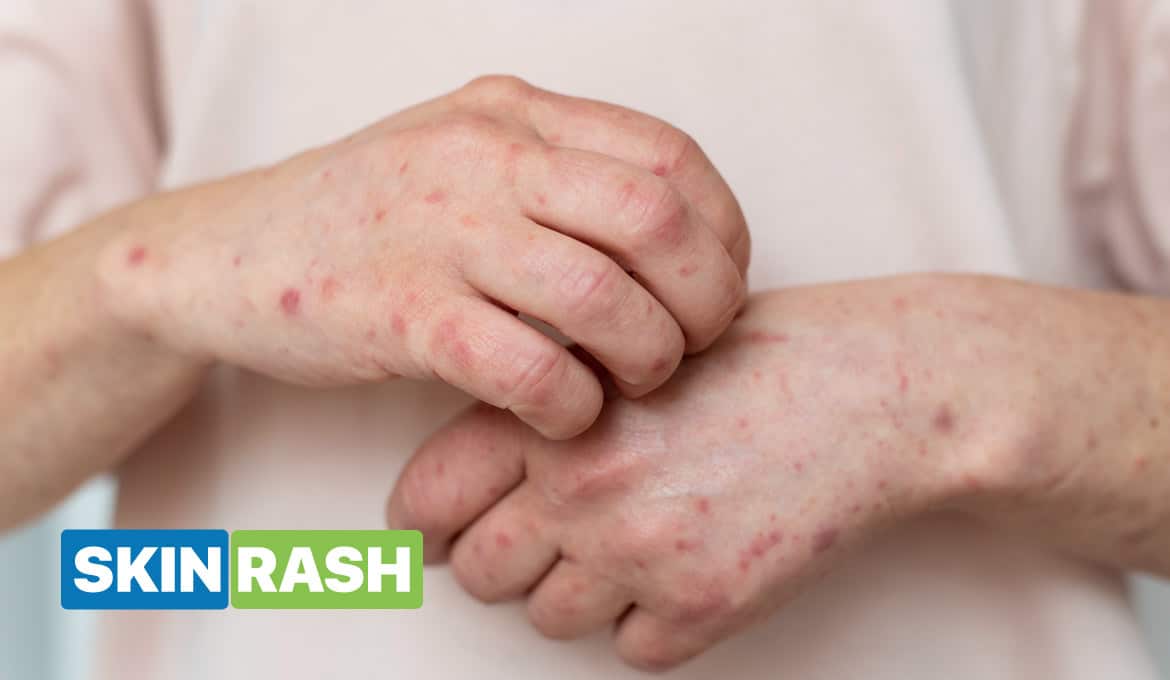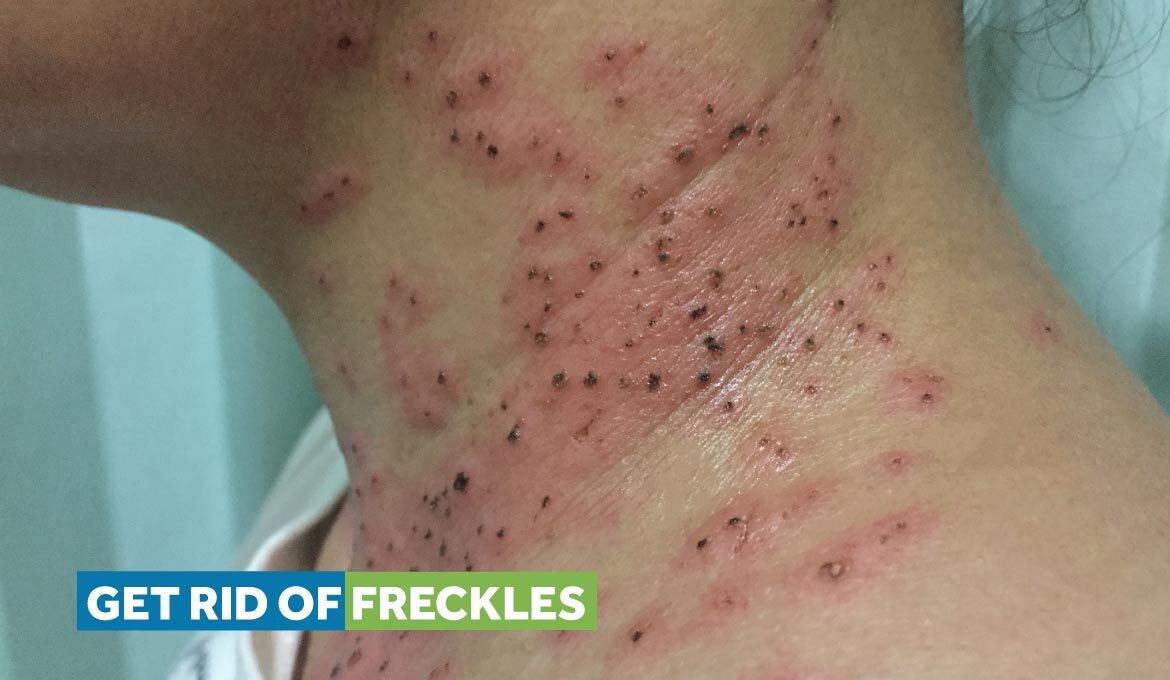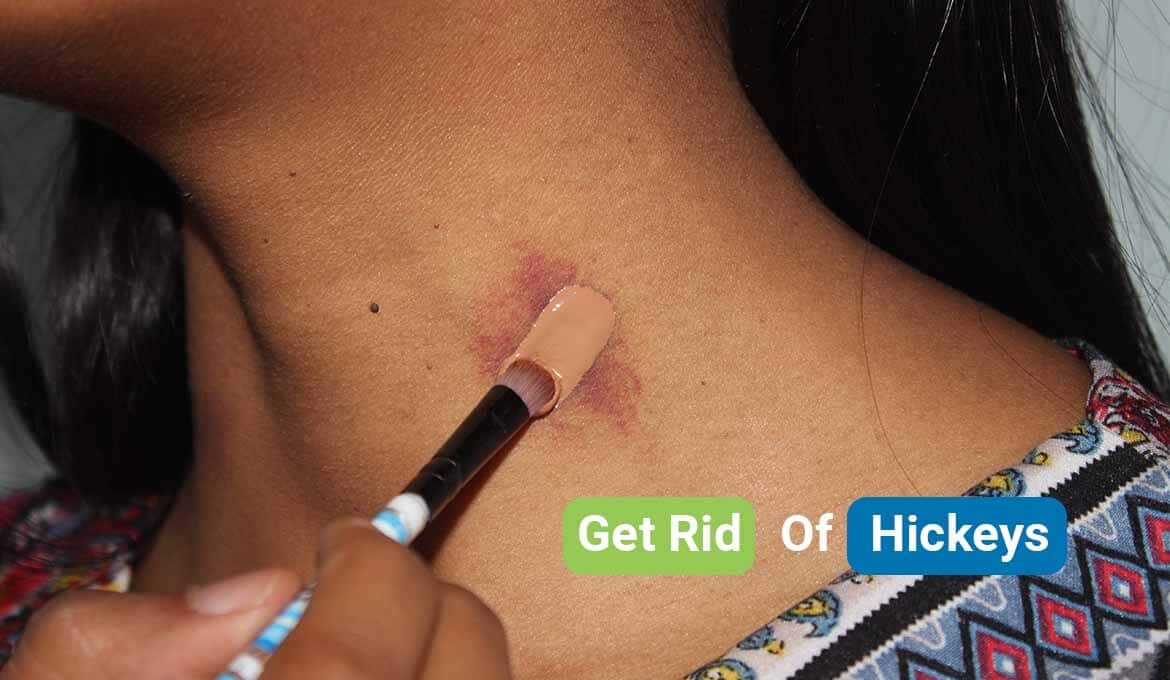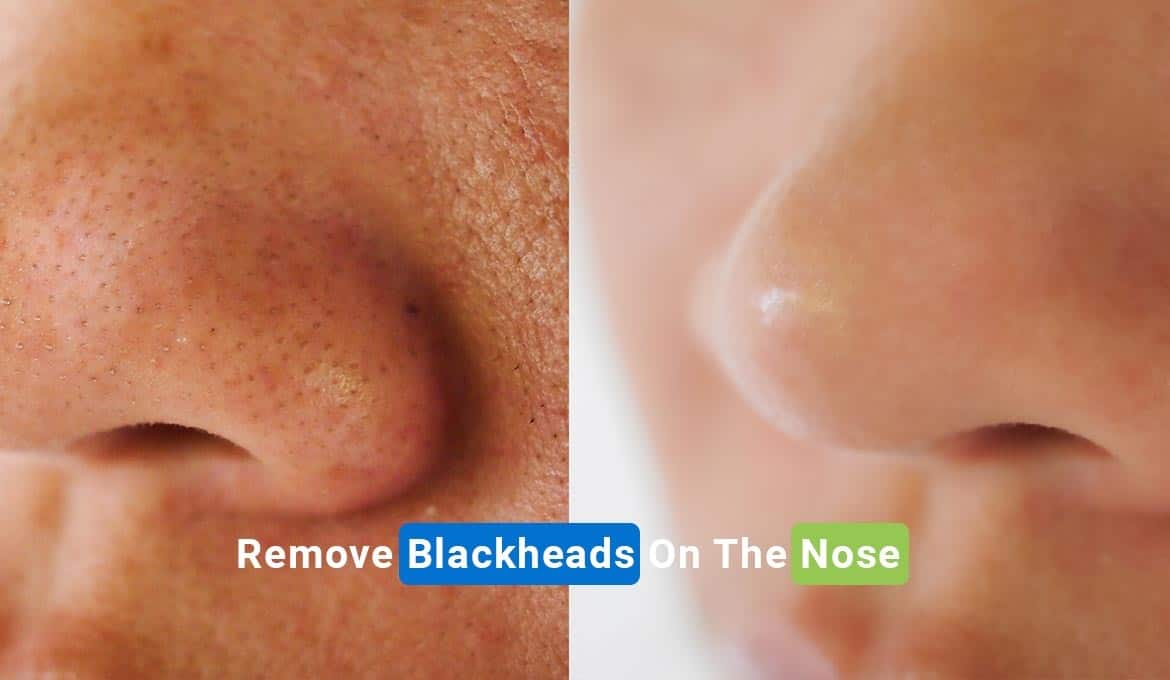
Skin rash is generally defined as a condition where an area of your skin becomes infected and irritated due to various reasons, such as allergens, chemicals, drugs, viruses, temperature, and even stress. They cause discomfort and may appear red, itchy, and swollen.
Whatever the reasons are, they are painful and sometimes cause embarrassment. There are many different types of skin rashes, with different causes and symptoms, which require proper treatment.
So, in this article, we help you with everything regarding skin rashes, such as the symptoms, causes, diagnosis, and treatments for skin rashes. Read on to know more.
What Is Skin Rash?
Skin rashes are unusual changes in the skin in terms of color or texture. Rashes make the infected skin area red, inflamed, and swollen due to viruses, bacteria, allergens, and skin conditions like eczema, followed by irritation and swelling.
Some skin rashes may contain listers, boils, or peeling skin, while others only appear on the skin and do not cause physical harm.
Some rashes go on their own, while some require treatment. We must first explore its types, causes, and symptoms to diagnose the proper treatment.
Types Of Skin Rash
There are many types of skin rashes, and it is essential to know how to treat them properly. Below are some of the most common types:
- Contact Dermatitis: This type of rash is an allergic rash that occurs when your skin comes in contact with a substance such as detergents, fragrances, soaps, chemicals, and household cleaners your skin is allergic to, making your skin inflamed, red, and itchy.
- Eczema: Eczema, also known as atopic dermatitis, makes the skin inflamed, red, swollen, scaly, and itchy and can appear on any body part, like the face, arms, scalp, inner elbows, and the back of the knees. However, the real cause is still unknown, but it can be due to genetic or environmental factors.
- It can infect people of any age, whether child, young or old, for a short or long time. Eczema is not infectious but can cause severe skin irritation. Generally, people with asthma or allergies are more prone to eczema. Some common types of eczema include atopic dermatitis, allergic contact dermatitis, irritant contact dermatitis, and seborrheic dermatitis.
- Hives: This type of rash can make the skin red and itchy. It usually occurs in people who have airborne or insect allergies. Also, certain bacterial infections, stress, and extreme temperature changes can cause hives(urticaria). However, they are not dangerous and go away by themselves when the allergic reaction ends. But if you experience nausea, vomiting, swelling in the mouth or throat, or difficulty breathing, visit your healthcare provider.
- Psoriasis: Psoriasis is a chronic skin condition characterized by a thick, scaly, red, and often discolored skin irritating rash. They usually appear on elbows, hands, feet, knees, face, and scalp. This happens because of the acceleration of the buildup of skin cells, leading to silver-whitish scales on the skin.
- Shingles: Shingles is a viral infection caused by the varicella-zoster virus or the reactivation of the same chickenpox virus in the body. Anyone with chickenpox is at risk of developing shingles. They are painful blisters, usually on your torso's left or right side. Shingles blisters are cracked open and may bleed when they heal.
- Ringworm: Another common skin rash is ringworm, caused by fungus infection, which may be present on your skin or any other household items such as clothing, towels, and bedding. They appear red and itchy and form a ring-shaped pattern on your skin. Treatment is required to stop it from spreading to other parts.
Symptoms of Skin Rash
The symptoms depend on the type of skin rashes. However, we have mentioned some common symptoms that can be experienced in every skin rash type. Those symptoms include:
- Redness and itchiness on the skin.
- Skin discoloration.
- Fluid-filled and painful bumps.
- Blisters.
- Skin irritation.
- Inflammation and swelling on the skin.
- Tenderness and sensitivity on the skin.
- Flat/raised sores or lesions.
- Dry, peeling, or scaly skin.
- Papules, pustules and nodules on the skin.
- Leather texture on the skin.
There are many more endless symptoms of skin rashes. If you experience any of the above symptoms, contact your doctor immediately.
What Causes Rashes?
Many causes of skin rashes range from mild to severe. Some do not require treatment, while others can only be treated with medical attention. Let's uncover the major causes:
- Seborrheic dermatitis: It is a common skin infection that may be caused by problems in immune system response, excess oil in the skin, stress, certain drugs, and medications. However, it does not cause harm and can be cured using medications.
- Childhood Disease: It can include chickenpox, roseola, rubella, measles, hand-foot-mouth disease, and scarlet fever.
- Shingles: This allergy is caused by the same virus as chickenpox and harms one side of the body.
- Psoriasis: It is generally caused by a genetic disorder or environmental factors.
- Contact dermatitis: It is caused by contact with a substance that irritates the skin, whether a chemical, perfume, an allergen, a cosmetic/skin product, etc.
- Medication allergies: These are caused by applying topical cream on the skin or taking any oral medicine if you have an unknown allergy.
- Hives: These allergies result from drugs, certain food items, insect bites, etc. This can also be triggered by excessive exposure to extreme temperatures, sweating, or stress.
- Impetigo: Impetigo is a highly contagious bacterial skin infection mainly affecting infants and young children caused by Group A Streptococcus and Staphylococcus aureus bacteria. It can be treated with certain medications.
- Prickly heat: These are the heat rashes caused by people sensitive to temperature conditions. It is also called miliaria.
How is a Skin Rash Diagnosed?
It is hard to find the exact cause of your skin rash on your own. So, consult your healthcare provider for a proper diagnosis. Your doctor may ask about all your past and present medical records to find your possible allergens exposure.
Also, share what diet you consume, the cosmetics, soaps, and detergent you use, etc. Your healthcare provider will then examine and consider the symptoms, and based on it, you can be asked to diagnose your skin rash using tests such as:
- Skin Biopsy: This test involves removing a small sample of your skin or other tissue from the infected skin and sending it to the lab to test the existence of a virus or bacteria.
- Blood tests: These tests are used to find antibodies that cause crash-producing infections by taking a sample of your blood.
- It also checks for autoimmune disorders.
- Allergy Test: Allergy tests can be done in many ways to look for allergens. It may include patch tests to find local allergic reactions. It involves placing chemicals or allergens on your skin for two days to observe if a rash develops.
What are the Treatments for Skin Rashes?
The skin rash treatment is decided based on the diagnosis of your rash symptoms. If your rashes are severe, the dermatologist may prescribe one or more of the following medications as part of a treatment plan:
i). Over-the-counter (OTC) medications
OTC medications are creams and ointments such as hydrocortisone cream or calamine lotion, which are fragrance-free and contain substances such as glycerin, ceramides, and mineral oil to treat skin conditions like eczema.
Other OTC to get relief from itching, swelling, and redness are steroid hydrocortisone or antihistamines such as cortisone-10, loratadine (Claritin), diphenhydramine (Benadryl), Cort-Aid, Dermarest Eczema, Neosporin Eczema. Use cortisone medication only in severe infections.
ii). Steroids
If the symptoms continue by taking OTC medications, your healthcare provider may prescribe topical or oral steroid treatment such as prednisone to soothe inflammation and itchiness.
iii). Oatmeal baths
If you have dry and itchy skin rashes, a warm bath with colloidal oatmeal can be a great way to soothe your skin.
Its anti-inflammatory properties soothe redness and irritation by forming a protective barrier on your skin to lock in moisture and prevent further dryness.
This can be especially helpful if you have eczema or other skin conditions that cause dry, itchy skin.
iv). Injections
Injections are effective treatment options for rashes on the skin that result from certain skin conditions, such as Dupilumab (Dupixent). It is a monoclonal antibody used to treat mild to severe symptoms of atopic dermatitis.
Another medication is cortisone, which is also used to reduce inflammation and itching in the affected area. This alternative treatment is done when other treatment options have failed.
Remember, injectable medications may be linked to some risks and should only be used under qualified healthcare professional guidance.
v). Phototherapy Therapy
This is a light treatment for people dealing with eczema. It uses ultraviolet light waves, either ultraviolet A (UVA) or ultraviolet B (UVB), to treat rashes like psoriasis.
This therapy can have severe side effects such as premature aging, skin cancer, dry skin, and itchy skin, which is done under the surveillance of a doctor. Your doctor will operate in a way to lessen any risks.
How To Prevent Skin Rash?
There are some ways to prevent yourself from skin rash by following below tips:
- Do not come in contact with people who have skin infections.
- Keep skin folds clean and dry.
- Avoid sweating and heat situations.
- Drink water throughout the day.
- Avoid wearing tight clothes. Instead, wear loose-fitting clothes and fully clothed to prevent allergens.
- Always wash your hands when in contact with something you're allergic to.
- Use lukewarm water for your skin and hair.
When to Visit a Healthcare Provider?
Many skin rashes go on their own, but some have severe causes, which can be treated with a doctor's guidance. Usually, normal rashes go away within a week. But you can connect with your dermatologist if:
- Rashes are blistering and have open bruises.
- Rashes are infected, painful, and swollen.
- Rashes arise all over your body.
- Rashes with fever, such as measles, chickenpox, and shingles.
- Rashes are sudden and spreading all over rapidly.
Wrapping Up
It is challenging to avoid viruses, bacteria, and their infections in this unclear environment. One common symptom of such infection is skin rashes. They are caused by allergies, certain infections, insect bites, pollen, or medical conditions.
They are painful and may appear strange in color or look red, or bumpy. This article has mentioned some of the best treatments and precautions tips that you can use.
Some skin rashes can be treated by themselves, but if they last longer than a week, they can be treated with the help of a healthcare provider.
Your doctor will diagnose, and based on laboratory tests they will recommend treatment medications for your specific symptoms according to your rash type.
FAQs
1. How do I identify if I have a rash?
Ans: Rashes may appear red, pink, gray, or white, depending on the skin tone. The infected area may seem swollen, itchy, painful, discolored, or dry.
2. What types of rashes are severe?
Ans: If your rash is made up of blisters or has open sores and affects the skin around your eyes, mouth, or genitals, seek medical help.
3. What illness starts with a rash?
Ans: Various illnesses, such as mononucleosis, chickenpox, and measles, can start with a rash with small bumps, blisters, or patches anywhere on your skin.
4. Do I need to see a doctor for skin rashes?
Ans: If skin rashes are caused by conditions such as psoriasis, eczema, and rosacea, they usually need to be treated by a doctor.
Read Also:











